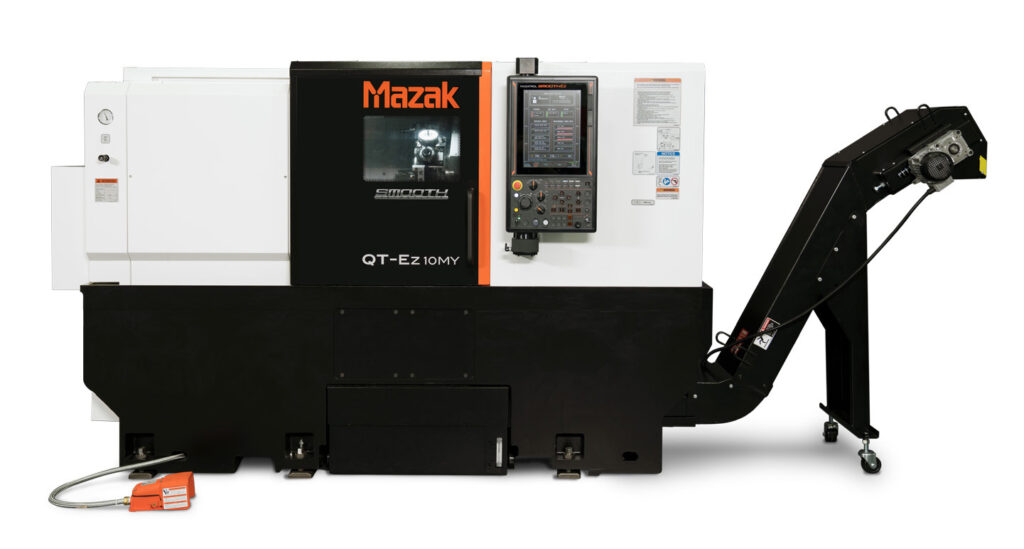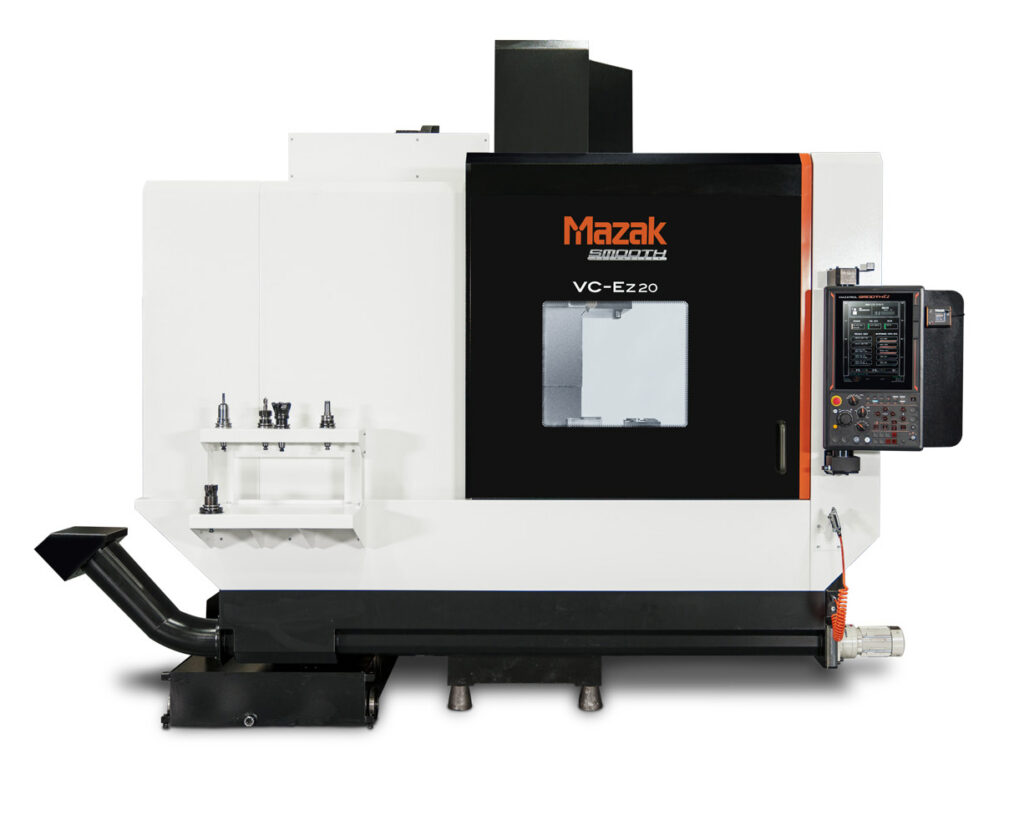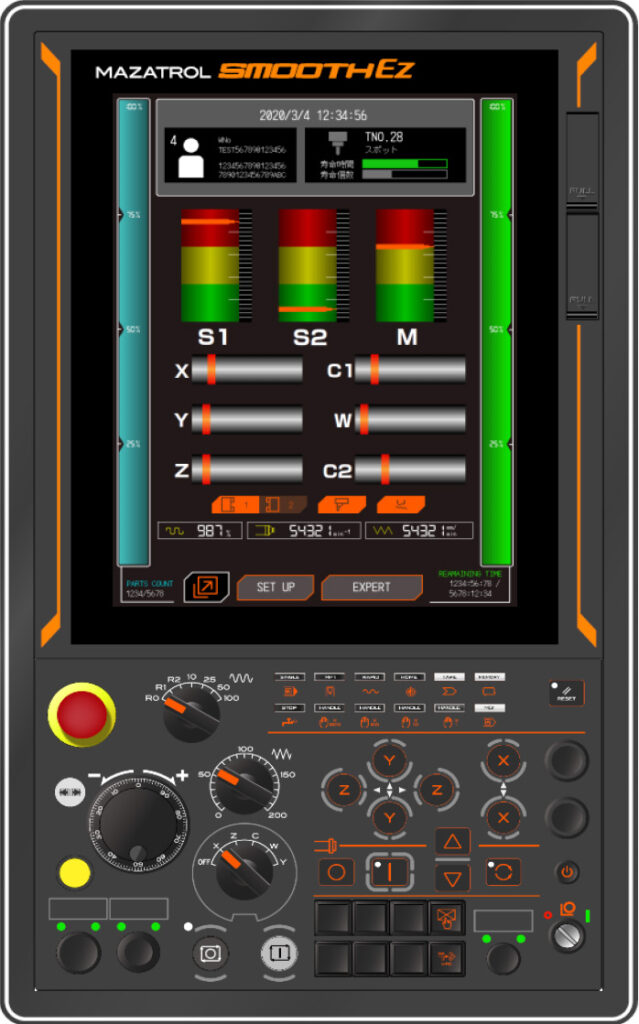 For manufacturers overseeing major capital investments, understanding the true costs of producst or services can be difficult. This is probably why most prefer to simplify their purchasing decisions by basing it on the bottom-line price alone. While this approach theoretically makes sense – a dollar saved today is a dollar to spend on more tomorrow – it fosters a very serious problem: It fails to take into account the total cost of ownership across the full life cycle of an investment.
For manufacturers overseeing major capital investments, understanding the true costs of producst or services can be difficult. This is probably why most prefer to simplify their purchasing decisions by basing it on the bottom-line price alone. While this approach theoretically makes sense – a dollar saved today is a dollar to spend on more tomorrow – it fosters a very serious problem: It fails to take into account the total cost of ownership across the full life cycle of an investment.
Understanding total life-cycle costs for machine tools, for example, can be a difficult task, even for experienced manufacturers. Consider the scenario of a customer that discovered they were losing a gallon of coolant per machine per day as wet chips carried it out on the machines’ part conveyor belts. With 14 machines using coolant that can be over $25 per gallon, those costs might be invisible on a day-to-day basis, but at the end of the year, they can balloon to upwards of $150,000. This is a part of the total life-cycle cost for a machine tool, which also includes such costs as the downtime during spindle rebuilds, waiting for a spare part, machine power consumption or the cost of annual machine maintenance.
For a more effective approach, the total life-cycle cost of a machine should be calculated as the purchase price plus all other costs associated with running and maintaining that machine minus the machine’s resale value. This last factor acts as one of the only ways to reduce the life-cycle costs of a given purchase after installation, and in the world of manufacturing, it can make a significant difference in the actual price of owning a machine tool.
Consider a budget-friendly machine tool that costs, for example, $60,000 over a typical five-year financing plan. For many shops, the five-year cycle also serves as a way to keep integrating new technology and expanding capabilities; after you pay off a machine, you resell it and use the funds to purchase new machines. After five years of use, that machine might be worth around $12,000, which means its total life-cycle cost was $48,000. There are typically two reasons for such a low resale amount. One is that the machine wears out in a shorter amount of time, and two is that there is a lack of aftermarket support.
Conversely, that same shop might opt for a more expensive machine, perhaps a high-performance model that costs, for instance, $100,000. At $40,000 more than the previous example, some shops would balk at the high upfront costs. But with a significantly higher resale value of $50,000 because the machines last longer, the five-year cost of ownership is only $50,000. Calculated this way, the more expensive machine is actually more cost-effective by a significant amount.
If the $100,000 machine also offers faster cycle times, greater throughput and increased durability, the costs may plunge even further. And when paired with service packages that reduce downtime or training opportunities that push your workforce forward, it becomes very clear that focusing on a machine tool’s sticker price fails to give manufacturers the entire picture.
In addition to the faster cycle times, greater throughput and increased durability of today’s higher quality machine tools, there are several other contributors to life cycle cost that also impact lowest cost per piece. These include the elimination of unplanned downtime and the reduction of scrap and rework. Machine speed – in terms of faster programming, tool changes, acceleration/deceleration and pallet changes – also contribute to lower cost per piece, as do multi-tasking capabilities. Multi-tasking machines help lower costs per piece by eliminating the need for multiple machines and operations, which in turn reduces necessary tooling, setups and fixturing.
At Mazak, we’ve dedicated ourselves to maximizing our customers’ returns on their machine tool investments. Whether it’s developing a new method to recapture coolant or building machines with Done In One part processing that also retain their value through years of use, our goal has always been to empower customers and help them achieve financial success in a globally competitive industry. And by taking advantage of these properties in five-year cycles of machine tool purchases and sales, these customers have discovered the most effective way to keep life-cycle costs as low as possible.
 Mazak Unveils New Ez Machine Series and Smooth Ez Control
Mazak Unveils New Ez Machine Series and Smooth Ez Control
With both affordability and high performance for job shops in mind, Mazak has officially launched the new Ez machine series, the new MAZATROL SmoothEz control and the accompanying MazakUSA.com/Ez website. The new machine family and control were developed specifically to help remove the cost barriers to acquiring the latest manufacturing technology without sacrificing machine capability or production performance, while the new Ez website further streamlines the customer experience and offers visitors focused access to Mazak’s newest product line.
Machine configurations within the new series include both horizontal turning and vertical machining center models, all of which feature the MAZATROL SmoothEz control and are designed and built in Kentucky. Among the turning center configurations are the QT-Ez 8, QT-Ez 10 and QT-Ez 12 models each offered in a 2-axis, M, MY and MSY versions.
M versions include milling capability, MY machines feature milling and Y-axis off-centerline capability and MSY machines are a combination of both milling and Y axis capability paired with second turning spindles for complete DONE IN ONE® part processing. For further increased productivity and unmanned operations, the machines seamlessly integrate with bar feeders and robots.
 Each QT-Ez model number indicates the standard chuck size, but Mazak also offers a smaller size optional chuck for each machine to provide greater maximum rpm capability. These include a 6” chuck option for the QT-Ez 8, an 8” for the QT-Ez 10 and 10” for the QT-Ez 12. Each model is available in a 20” bed length and an optional 40” bed length for the QT-Ez 12 model. Available machine turrets include 2-axis drum style, with a bolt-on or BMT55 turret for rotary tool applications, and tailstocks are offered with either manual positioning with hydraulic quill or servo positioning capability.
Each QT-Ez model number indicates the standard chuck size, but Mazak also offers a smaller size optional chuck for each machine to provide greater maximum rpm capability. These include a 6” chuck option for the QT-Ez 8, an 8” for the QT-Ez 10 and 10” for the QT-Ez 12. Each model is available in a 20” bed length and an optional 40” bed length for the QT-Ez 12 model. Available machine turrets include 2-axis drum style, with a bolt-on or BMT55 turret for rotary tool applications, and tailstocks are offered with either manual positioning with hydraulic quill or servo positioning capability.
Mazak’s VC-Ez Vertical Machine Series begins with the initial introduction of the VC-Ez 20, and soon will include both smaller and larger machines, the VC-Ez 16 and VC-Ez 26. All VC-Ez Series machines sport C-frame designs with X and Y axis motion via moving table and saddle along with Mazak’s high-rigidity MX linear systems and pre-tensioned ball screws that together ensure rigidity, accuracy and reliability.
Axis travels for the VC-Ez 20 measure 41.34” in X, 20.08” in Y and 25” in Z that allow the machine to accommodate maximum workpiece sizes of 49.21” long, 19.37” wide and 22.4” tall and weighing up to 2,204 lbs. All within an ergonomically designed machine that has a 26.5 percent smaller foot as compared to other models and one that measures only 102.65 sq-ft for significant floor space savings.
The VC-Ez 20 features a powerful 40-taper, 12,000-rpm, 25-hp spindle and 30-tool magazine automatic tool changer. Options include a versatile 15,000-rpm, 29.5-hp spindle with 81.13 ft-lb torque and a 50-tool capacity tool changer.
For fast and easy QT-Ez and VC-Ez machine programming, Mazak’s new MAZATROL SmoothEz CNC provides dual 800 MHz processors, 512 MB of RAM and a vibrant 15″ capacitive touch screen that includes a full keyboard and displays up to 60 lines of code. Within the control, EIA/G-code and MAZATROL programming languages support a full range of programming options directly on the machine, while the MAZATROL TWINS function enables offline programming and simulations that draw real-time condition and performance data directly from the machine.
The MAZATROL SmoothEz control also features Mazak’s new LAUNCHER interface, accessible in every screen, and that uses the entire display to make screen selection smooth and seamless. To further streamline programming, the control’s QUICK MAZATROL function simplifies program creation and confirmation through touch screen editing and confirmation of 3D models.
In addition to the Ez website, Mazak recently rolled out its reimagined Virtual Technology Center to extend the product and technology experience beyond traditional events, as well as bring the benefits of its 800,000 sq. ft. campus to customers across North America on demand. The Virtual Technology Center features a rotating lineup of groundbreaking machines, automation systems and digital technology, as well as the ability to request quotes, schedule in-person visits and innovative ways for customers to connect with Mazak experts.
About Mazak Corporation
Mazak Corporation is a leader in the design and manufacture of productive machine tool solutions. Committed to being a partner to customers with innovative technology, its world-class facility in Florence, Kentucky produces over 100 models of turning centers, Multi-Tasking machines and vertical machining centers, including 5-axis models.
For more information on Mazak’s products and solutions, visit www.MazakUSA.com or follow on Twitter and Facebook.










































